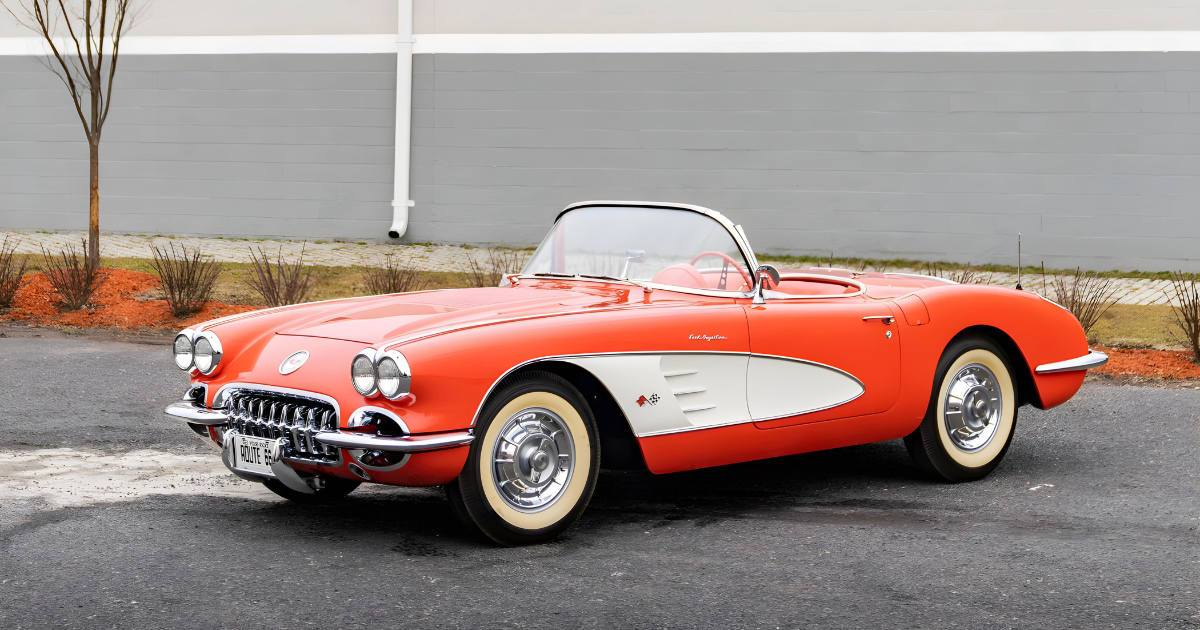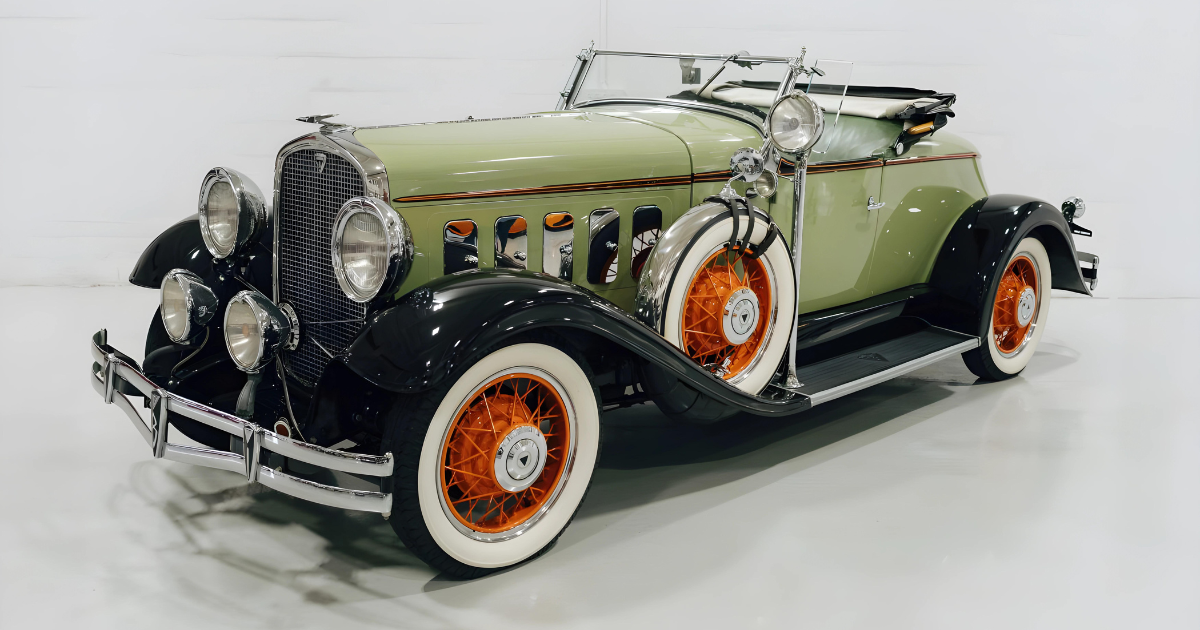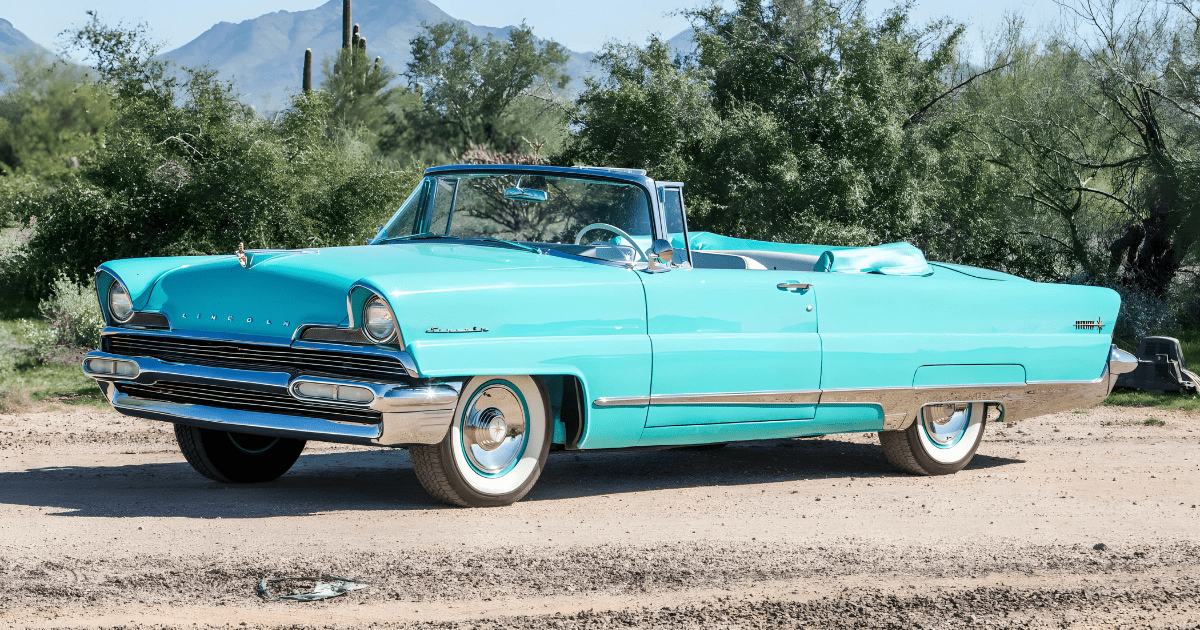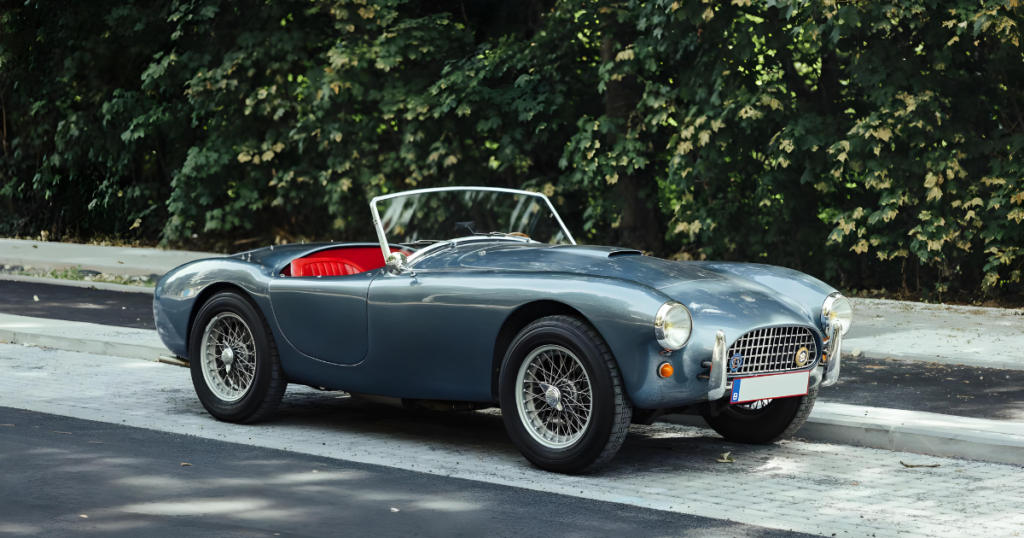
Cliff Davis’s triumphant venture into sports car racing with the Tojeiro chassis set the stage for AC Cars’ iconic launch of the Ace in 1954.
The success of Davis’s Tojeiro sports racer, bearing an elegant Ferrari 166-inspired barchetta design, prompted AC to take it to the production line with the introduction of the Ace.

John Tojeiro’s twin-tube ladder frame chassis and the influence of Cooper’s all-independent suspension contributed to the exceptional handling and performance of the Ace. However, AC added its own touch by incorporating a 2-liter, six-cylinder engine, marking the beginning of a remarkable chapter in automotive history.
The Ace’s power plant, an engine with a single overhead camshaft, had its roots dating back to 1919. Initially producing 80 bhp, the engine underwent enhancements, eventually reaching 100 bhp. This provided the Ace with more than just a respectable performance; it became a contender in the burgeoning sports car market of the 1950s.

In 1955, AC expanded the Ace lineup by introducing a hardtop version known as the Aceca. The Aceca featured a fastback-style design, adding a touch of sophistication to the Ace’s performance-oriented heritage.
The car retained its nimble handling with Tojeiro’s chassis and all-independent suspension, offering enthusiasts a compelling alternative to the open-top Ace.
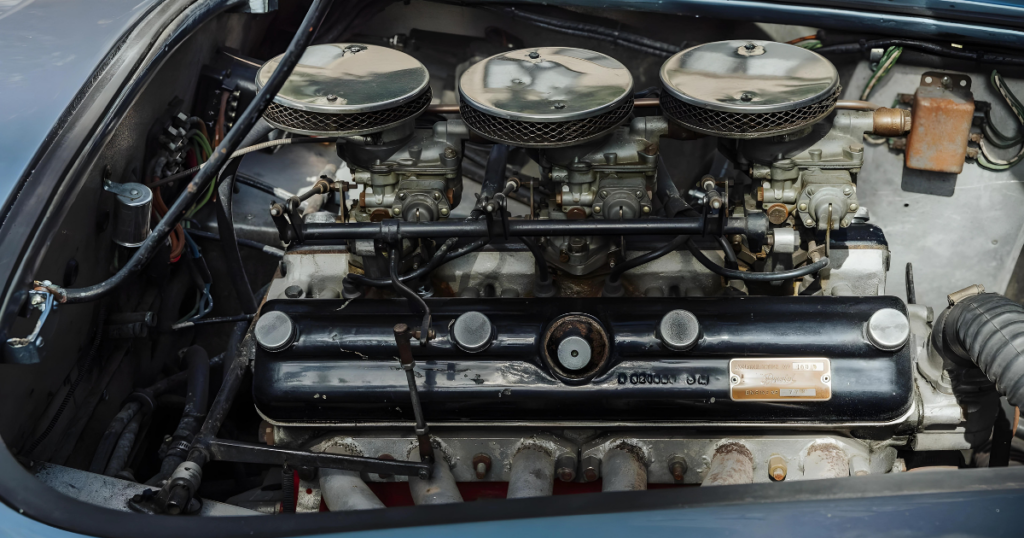
By 1956, both the Ace and the Aceca received a significant performance boost with the introduction of the Bristol six-cylinder engine. This 1,971-cc powerplant was based on the pre-war BMW 328 design by Rudolf Schleicher, bringing a legacy of engineering excellence to the AC lineup.
With power outputs reaching up to 130 bhp, the Bristol-engined Aces and Acecas became even more formidable contenders in sports car competitions and captured the attention of discerning drivers.
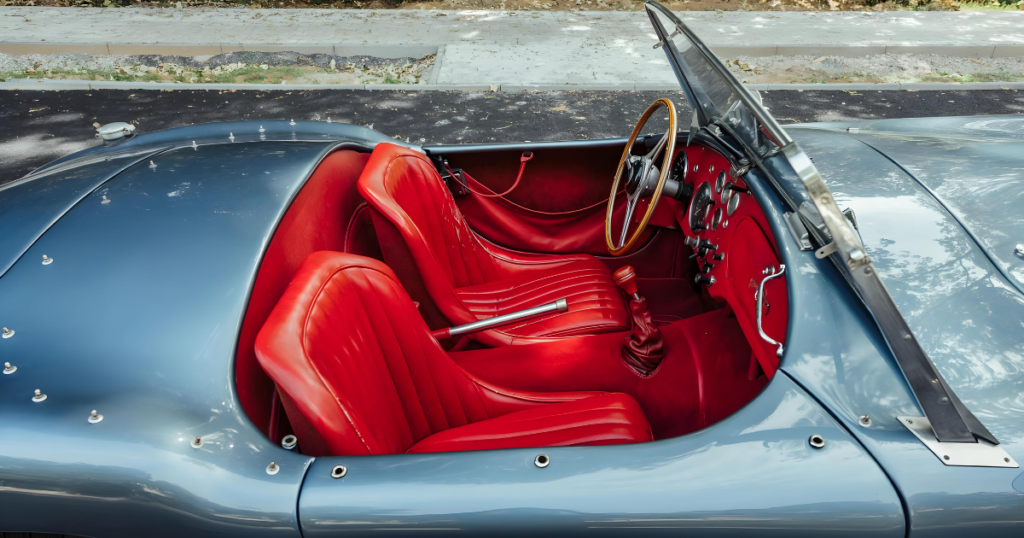
Despite a higher price tag, the Bristol-engined Ace gained popularity among enthusiasts, showcasing a preference for enhanced performance. Priced at £2,011 in 1957, representing a 22% increase over the AC-engined version, the Bristol-engined variant demonstrated the willingness of buyers to invest in a higher-performing model.
This move reflected a shift in market dynamics, with performance and pedigree taking precedence over cost considerations.

The Bristol-powered Aces became the darlings of the automotive world, commanding attention on both road and track. Over the years, the Bristol engine not only solidified the Ace’s reputation for speed and agility but also contributed to its enduring allure among collectors and enthusiasts.
By the time Ace production ceased in 1963, over half of the 723 cars produced featured Bristol engines, showcasing the enduring legacy and impact of this powerfully refined iteration of the Ace.
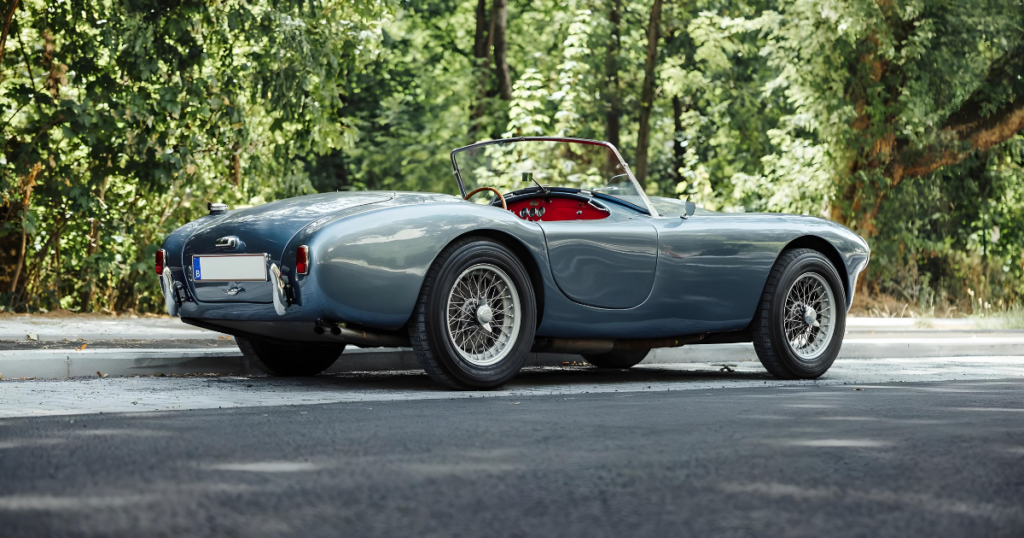
The AC Ace is a classic sports car that combines John Tojeiro’s innovative chassis, Ferrari-inspired design, and a powerful Bristol engine. It stands as a timeless icon of sports car excellence from an era when British automotive creativity made a lasting impact on the global stage.


